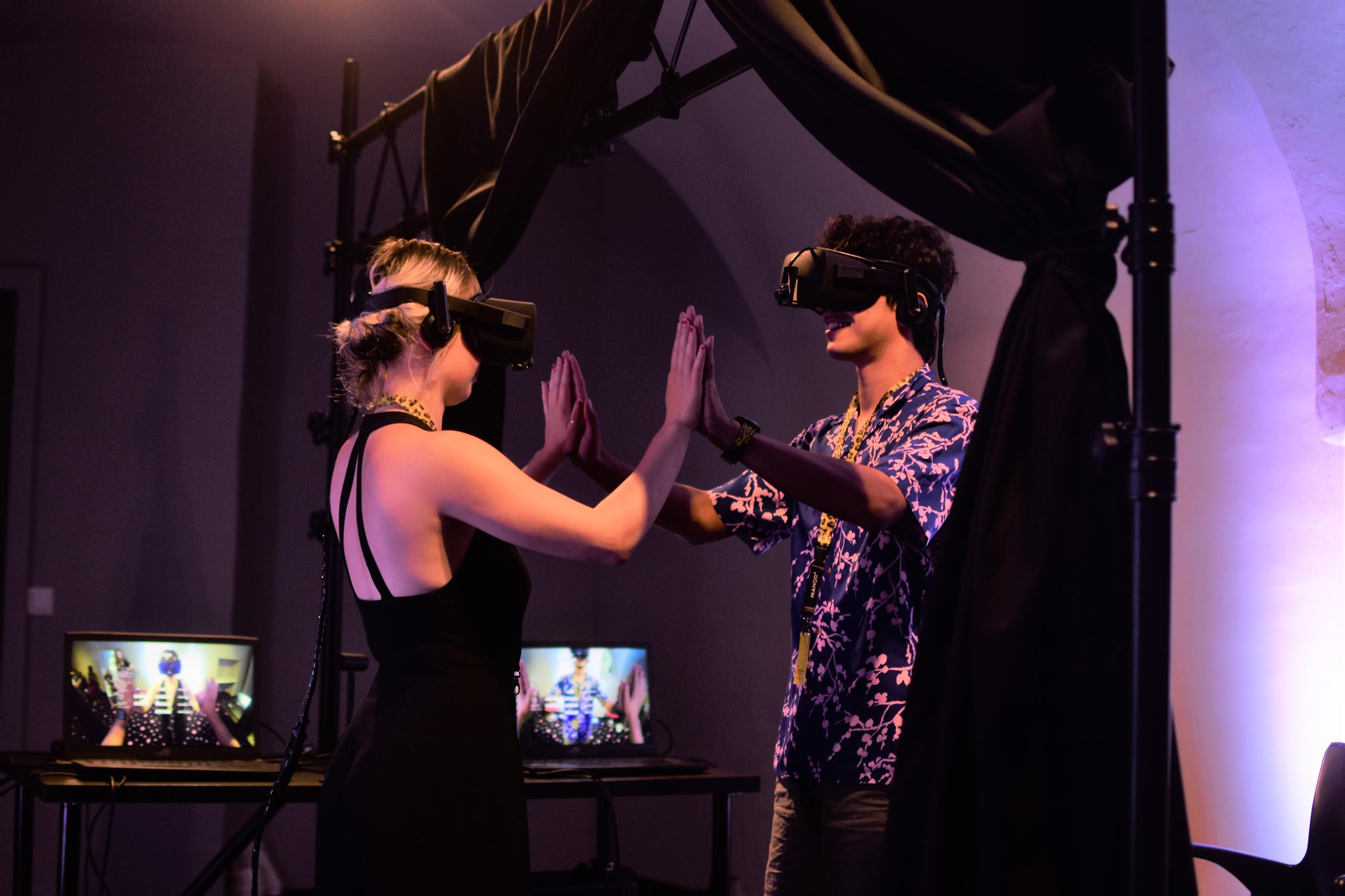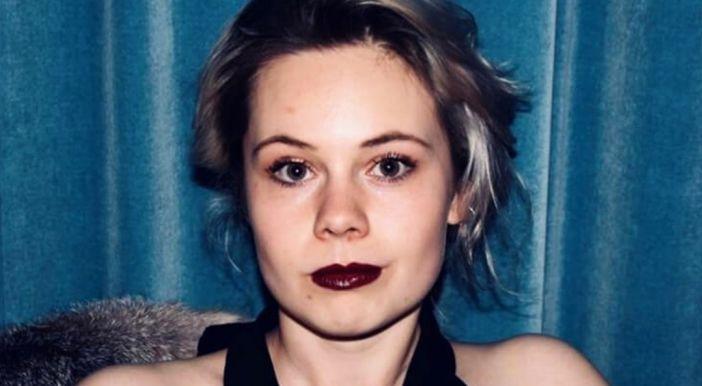
The machine to be us

We’ve known it for a while now, but the possibilities and popularity of virtual reality are growing, and they are growing fast. This year, at the 72nd edition of Locarno Film Festival , a part of the program was characterized by a greater interest and exploration of gender, identity and sexuality. Partly as a tribute to this year’s guest of honour, the cult director John Waters, eight institutions were asked to submit virtual reality projects under the theme ‘Gender Bender’. Among these was a VR installation called Gender Swap, made by the The Machine to be Another collective from Barcelona.
This multidisciplinary and ever-developing installation, which was set up by a group of friends in BarcelonaExternal link, was never meant to become a part of the film festival circuit. Yet, it has found a significant audience in this sector, and has been presented at multiple film festivals, including the International Film Festival Rotterdam back in 2016.

The basic idea of this installation is to ‘swap’ bodies with someone else in the temporary virtual reality that you both inhabit.
Two people wearing VR headsets are separated by a curtain. When looking down, each sees, not their own body, but that of the other person. Music plays on the headphones while a voice calmly instructs you on what to do next: which part of your body to move, what to hold in your hands, how to interact with the two on-site assistants. The key to it all is to move as slowly as possible, and to mirror the movements of your partner on the other side of the curtain.
The experience lasts fifteen minutes, taking you through several stages that gradually build up a certain tension. At first, you are seated, trying to get a grasp of this new body, which you start exploring more and more by observing its various parts and angles. Eventually, the voice instructs you to stand up, and to look into a mirror where you see another face, and then the other person’s entire body reflected in the mirror, as yours.
Eventually, the curtain separating you and your partner opens, and the transference is complete: you watch yourself through the eyes of the other.

A deeper understanding of the Other
After trying out the installation at the festival ourselves, we spoke to two members of the collective, Daniel González and Marte Roel, about gender identity, mutual understanding and the growing future and possibilities of virtual reality.
The original name, The Machine to be Another, speaks to a certain extent for itself. The voice that guides you through the experience takes on a role of great importance. Marte explains that the narrative is crucial: it grounds you to the other person’s body and identity in order to facilitate a deeper understanding.
Unlike other versions of the project though, the Gender Swap’s narrative is not based on linguistics, but on movement. A gradual development takes place over fifteen minutes in which you explore and adapt to another body and eventually see your own self from the perspective of the other, a third person if you will. But the disembodiment is not immediate; it is a steady build-up relying on the narrative that you help create with your own gestures.
The original Machine to be Another was born out of what Marte calls a “very fundamental idea, the idea of being or becoming somebody else.” Since the collective was started by friends who came from different parts of the world, they found themselves commonly discussing the theme of actually standing in someone else’s shoes. With the project, they wanted to push the idea of creating a ‘machine’ which allowed you to experience someone else’s reality, even if briefly.
Customized applications
Daniel and Marte emphasized how their installation is never a finalized product, but is forever transforming and adapting to fit new purposes.
They have experimented with different music, narratives and performances, and have also worked with grassroots communities to customize the installation for specific intentions.
For example, one iteration of the project is designed for school children, who are made to experience dyslexia in their virtual reality in order to make them think about differently-abled persons. The Gender Swap specifically has been used with people who were thinking of changing their gender and wanted to embody a conventional female or male body.
In short, for Daniel and Marte, the project is more about creating an array of possibilities, treating it as a “playful open space”.
The name Gender Swap then, feels rather misfitted and confined a title for an installation that explores the fluidity of both identity and gender. Where the festival was concerned, it was recommended to try out the VR installation with someone who identified with a different gender than yourself.

Marte and Daniel both agreed they would not have put it this way– “There are more than two genders!” they said– and also because the installation is first and foremost a way to explore the diversity of identity in all its forms, not strictly limited to gender.
Gender vs. body
All of which begs the question: why name this installation a ‘Gender Swap’, when the body swap is a more appropriate title?
Perhaps because that was one way to fit it within the Locarno Festival’s ‘Gender Bender’ theme. However, when the collective started researching for this project, it was really an investigation of gender identities.
Marte says that the body swap had a huge influence on his own gender identity by allowing him to explore his body in such a diverse way, while Daniel explains how the project to him is all about looking at humans from a place of love and warmth, trying to expand our perception of the ‘other’.
The next step for them is to use VR for stories of refugees and immigrants and their lives. To promote empathy and mutual understanding by reducing our bias of others. After all, for them it is all about creating dialogue, something which does not always come naturally.
The VR installation, then, is not necessarily the machine to be another, but the machine to be us or we. When you try it, you are not fully yourself and you are not fully the other, but you are both in this space in between.

In compliance with the JTI standards
More: SWI swissinfo.ch certified by the Journalism Trust Initiative

























You can find an overview of ongoing debates with our journalists here . Please join us!
If you want to start a conversation about a topic raised in this article or want to report factual errors, email us at english@swissinfo.ch.